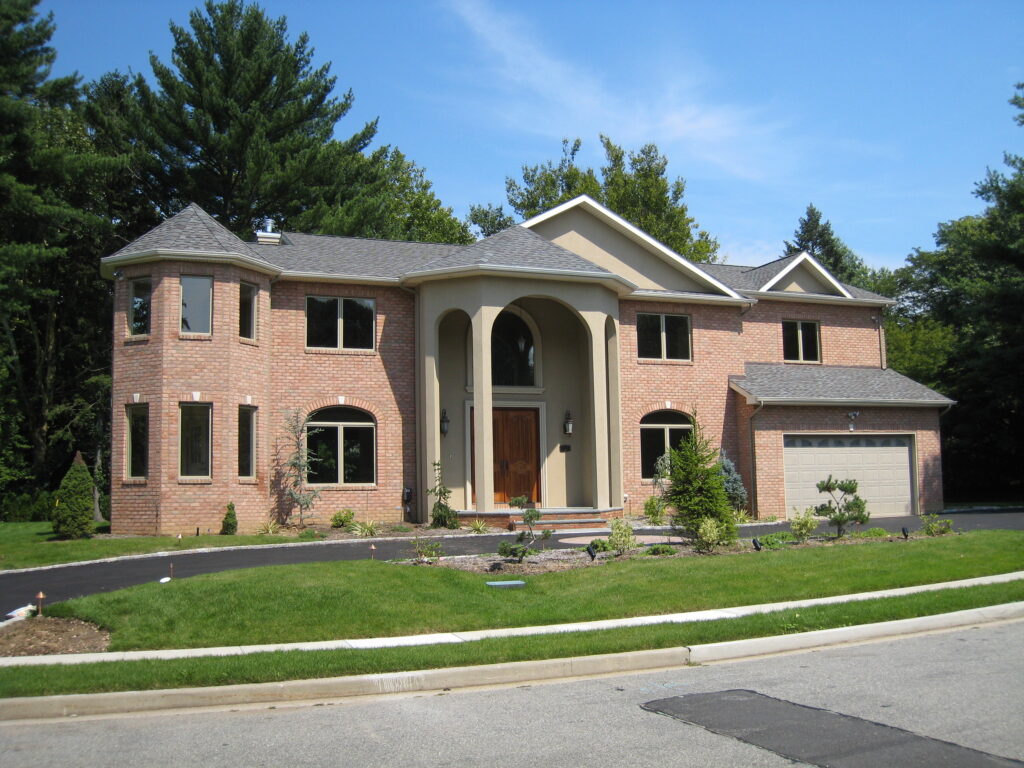
Architecture is more than just the construction of buildings; it is a reflection of culture, technology, and the aspirations of society. The evolution of architecture from traditional to modern design is a fascinating journey marked by innovation, philosophy, and artistic expression.
Traditional Architecture: The Foundation
Traditional architecture refers to the building styles that were common before the industrial revolution. These designs were heavily influenced by local materials, climate, culture, and religious beliefs. For instance, Islamic architecture is known for its intricate geometric patterns and domes, while Gothic architecture is characterized by pointed arches and flying buttresses.
In many traditional societies, architecture was deeply symbolic. Homes were built to reflect social status and religious values. Temples, mosques, and churches often served as both spiritual and community centers.
The Rise of Classical Architecture
Classical architecture, rooted in the traditions of ancient Greece and Rome, emphasized harmony, proportion, and balance. Columns, domes, and symmetrical designs became hallmarks of this style. The Renaissance period saw a revival of classical ideals, with architects like Palladio influencing European architecture profoundly.
The Industrial Revolution and Its Impact
The 18th and 19th centuries brought about the Industrial Revolution, which had a significant impact on architecture. The invention of new materials such as steel and reinforced concrete allowed for the construction of larger, taller buildings. This period saw the emergence of factories, train stations, and urban infrastructure, changing the architectural landscape forever.
The Birth of Modernism
Modern architecture emerged in the early 20th century as a reaction against the ornate styles of the past. Architects like Le Corbusier, Frank Lloyd Wright, and Ludwig Mies van der Rohe championed functionalism, simplicity, and the use of new materials. Buildings became more streamlined, with an emphasis on open spaces and minimal ornamentation
The Bauhaus movement in Germany also played a critical role in shaping modern design. It promoted the idea that form should follow function and sought to bridge the gap between art, design, and technology.

Postmodern and Contemporary Architecture
By the late 20th century, modernism began to give way to postmodernism, which reintroduced elements of decoration, irony, and historical reference. Architects like Michael Graves and Philip Johnson brought playfulness and symbolism back into design.
Contemporary architecture today is highly diverse, reflecting a range of influences and priorities. It embraces sustainability, digital technology, and innovative construction techniques. Skyscrapers like the Burj Khalifa in Dubai and eco-friendly homes designed with passive solar principles represent the spectrum of contemporary architecture.
Influence of Technology
Advancements in computer-aided design (CAD), 3D modeling, and Building Information Modeling (BIM) have revolutionized architectural practice. These tools allow for more complex and precise structures, enabling architects to push the boundaries of design.
The Role of Architecture in Society Today
Today, architecture continues to be a powerful force in shaping our cities and lifestyles. It influences everything from environmental sustainability to mental well-being. Architects are now tasked with designing spaces that are not only functional but also promote health, community, and cultural identity.
Conclusion
The evolution of modern architecture is a testament to human creativity and progress. From the symbolic temples of the past to the sustainable skyscrapers of the present, each era of architecture builds upon the legacy of those before it. As we look to the future, the challenge will be to continue designing spaces that are innovative, inclusive, and responsive to the needs of our planet.
